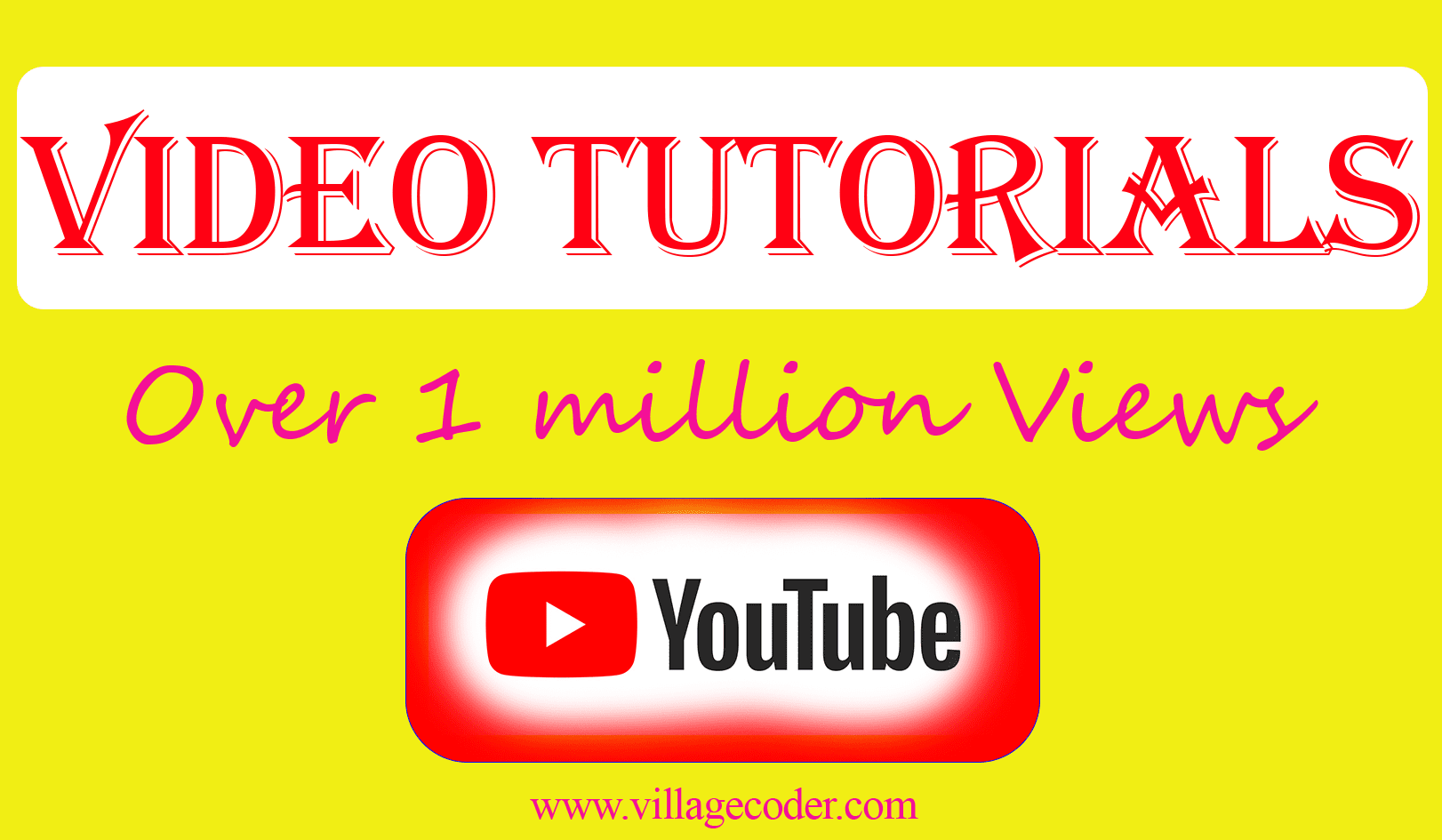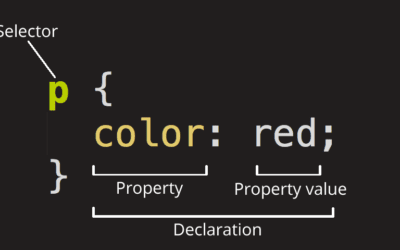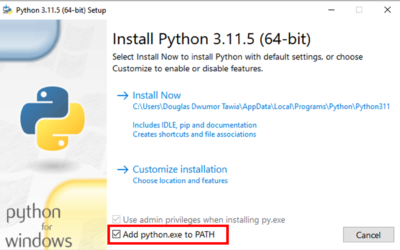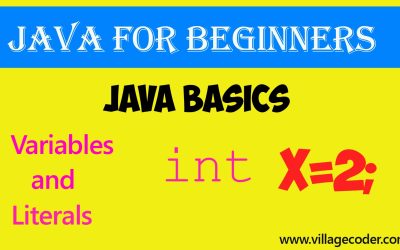A CSS declaration comprises a property and its value separated by a colon. CSS Stylesheet contains rules CSS rule comprises selector and declaration block Vendor prefixing Comments RECOMMENDED ARTICLES A CSS Stylesheet contains rules which...
How to install Python language on Windows
The easiest method to add Python to your environment variables is to add it during installation of the Python programming language. While installing, check the box Add Python to PATH at the bottom of the setup screen. Type python --version in...
Getting Started with Python
Python is a versatile language that can be used for web development, data analysis, artificial intelligence, scientific computing, and much more. Ease of Learning Versatility Vibrant Community Abundance of Libraries RECOMMENDED ARTICLES...
Difference Between Absolute and Relative References in HTML
A relative reference does not specify the complete path to a web page. It specifies only the name of the web page. An absolute reference or url contains all the information necessary to locate a resource or target A relative reference does not...
Block And Inline Level Tags in HTML
Block elements start on a new line and end with a carriage return. That's, immediately after ending on a horizontal space, next block element goes to nest line. A block level element is like a container. It can contain other elements. Examples of...
Variables and Literals in Java
Variables are used in many situations. For Instance, game applications use variables to collect your name when you sign in; to store and keep track of your number of trials, successes and failures. In Java, a variable is a container used to store...







